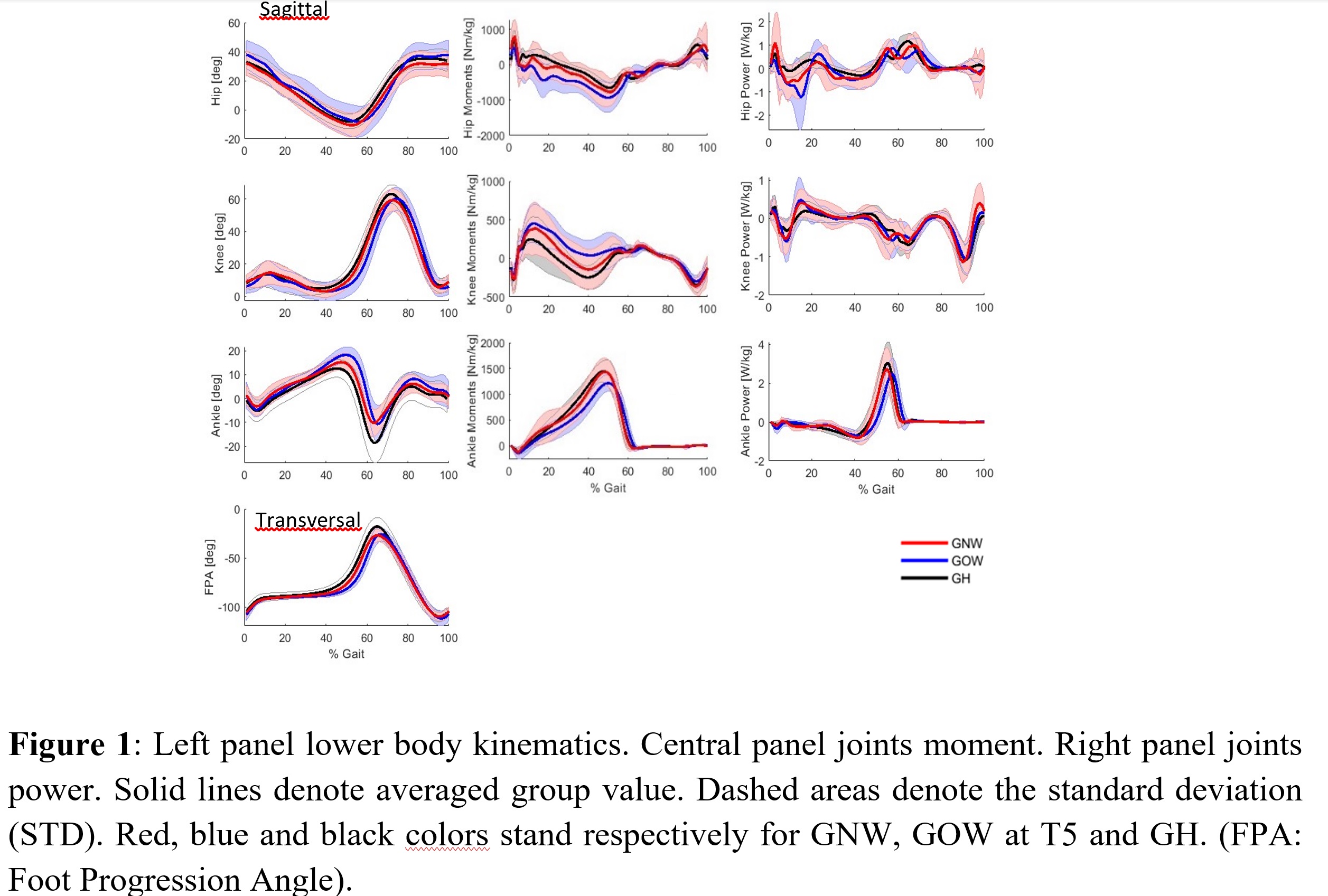Martina Favetta (Movement Analysis and Robotics Laboratory (MARlab), Neurorehabilitation Unit, Bambino Gesù Children’s Hospital, IRCCS, Rome, Italy)
Susanna Summa(Movement Analysis and Robotics Laboratory (MARlab), Neurorehabilitation Unit, Bambino Gesù Children’s Hospital, IRCCS, Rome, Italy)
Domenico Ottavio Adorisio (Pediatric Surgery Unit, Bambino Gesù Children’s Hospital, IRCCS, Rome, Italy)
Francesco De Peppo (Pediatric Surgery Unit, Bambino Gesù Children’s Hospital, IRCCS, Rome, Italy)
Romina Caccamo (Pediatric Surgery Unit, Bambino Gesù Children’s Hospital, IRCCS, Rome, Italy)
Gessica Della Bella (Movement Analysis and Robotics Laboratory (MARlab), Neurorehabilitation Unit, Bambino Gesù Children’s Hospital, IRCCS, Rome, Italy)
Maurizio Petrarca (Movement Analysis and Robotics Laboratory (MARlab), Neurorehabilitation Unit, Bambino Gesù Children’s Hospital, IRCCS, Rome, Italy)
This work is a completion of the study of Summa et al. [1] that showed several gait alterations in obese adolescents 1-year (T1) after the Laparoscopic Sleeve Gastrectomy (LSG) surgery. We studied the gait pattern after five years (T5) from LSG surgery to evaluate if the gait pattern has normalized
Thirteen patients with a Body Mass Index (BMI) < 30 (Normal Weight Group=GNW group); 4 females and 9 males; age 20.9 ± 2.4; weight 79.6 ± 10.2 kg, BMI 26 ± 2.4 kg/m2, participated in the study. Eight patients with a Body Mass Index (BMI) > 30 (Overweight Group=GOW group); 6 females and 2 males; age 21 ± 3.2; weight 94.2 ± 12 kg, and the averaged BMI was 35.5 ± 3.4 kg/m2, participated in the study. These groups were acquired 5 years after the intervention. A control group of 10 healthy subjects (GH) was introduced as a benchmark of “normal gait” (7 female and 3 males; age 18.7 ± 4.9; weight 57.3 ± 11.5 kg; BMI 21.7 ± 2.0 Kg/m2). 3D gait analysis was conducted using an optoelectronic system with twelve cameras (Vicon MX, UK) and two force plates (AMTI, Or-6, US). We evaluated kinematics and kinetics while walking. We looked at the differences between the gait pattern at T5 of GNW and GOW vs the gait pattern of GH.
Five years after surgery the averaged total weight loss of GNW was 44.7 ± 12.2 kg, the averaged total change in BMI was 16.7 ± 2 kg/m2. For the GOW the averaged total weight loss was 19.5 ± 3.7 kg, the averaged total change in BMI was 9 ± 0.1 kg/m2. At T5 GNW compared to GH showed a normalization of several kinematics alterations at pelvis, hip, and knee levels. Instead, the ankle still showed an increase of maximum dorsiflexion and a reduction of maximum plantar flexion. GOW compared to GH still showed several alterations above all at knee and ankle levels. Indeed, we highlighted an increase of hip extension moment, a reduction of knee extension moment, an increase of ankle maximum dorsiflexion, a reduction of ankle dorsal moment. See figure 1.
The bulk of the masses, during the patient’s growth, affects the gait pattern once they are removed. After 5 years some alterations persist in some dynamic gait components. Gait recovery also required time and experience of motor function in daily life. The results encourage an individualized rehabilitative intervention of sensory-motor re-education for restoring dynamic gait components after a patient-specific assessment.
[1] S. Summa, et al. Surg. Obes. Relat. Dis. 15 (2019) 374–381.
